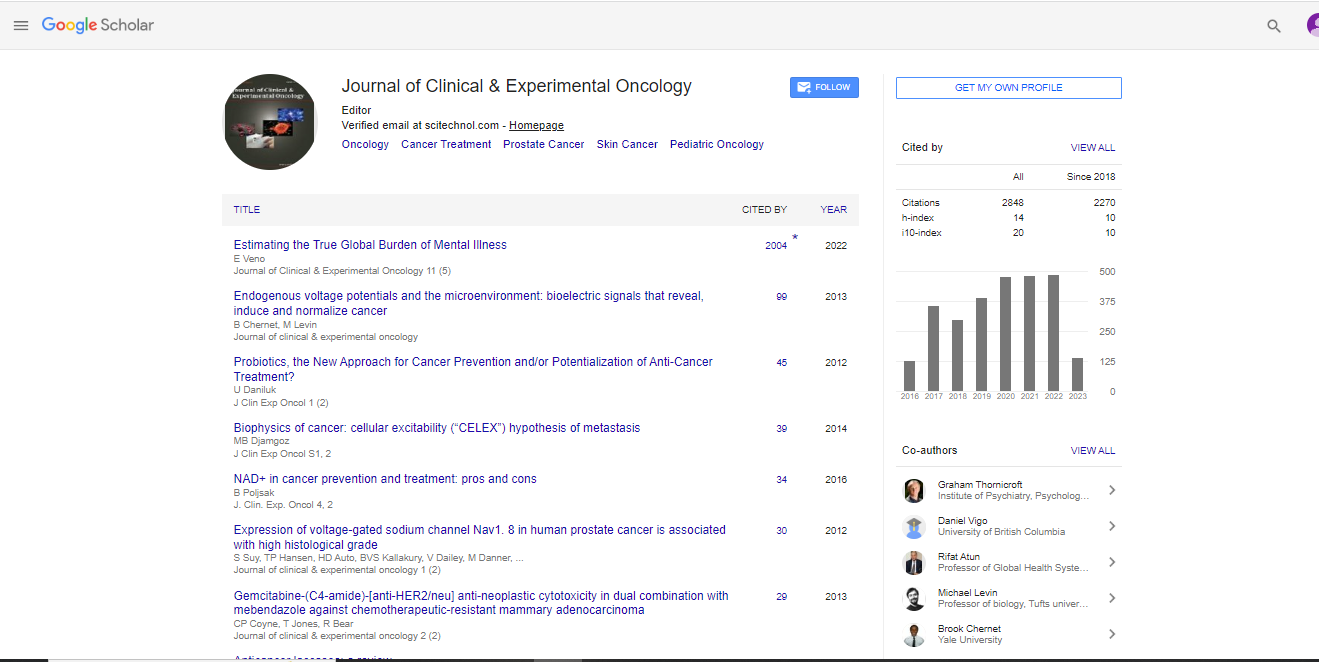Assessment of the efficiency of lead aprons used in general radiology in Togo
Awobanou K M, Sonhaye L, Tchaou M, Adjenou K E and Agoda-Koussema L K
University of Lome, TOGO
: J Clin Exp Oncol
Abstract
Aims: Authors want to perform inspection of lead aprons by physical examination, x-ray examination and dosimetric testing, and proceed to a classification based on criteria for rejection. Method: We did a prospective survey (26th November to 6th December 2017), in general radiology facilities of public and confessional hospitals in Togo. Forty-three (43) aprons used in radiology facilities were concerned by our study. We examined shields with the unaided eye. X-ray films of the aprons were taken to evaluate their internal structure (quantitative assessment) and their permeability was measured with electronic dosimeter in terms of their absorption rate (qualitative assessment). Results: A total of 27 (62.79%) lead aprons were defective and 16 (37.21%) were normal according to our rejection’s criteria. About 96.30% (26) of defective aprons had defects on x-ray films. Most of these defects were vampire marks (about 18.64% due probably to manufacturing faults or bad storage conditions: 67.44% observed in this study), multiple folds (16.96%), cracks (16.96%) and multiple cracks (15.25%). The other defects like tears (8.47%), absence of lead (5.08%), holes (3.39%) and lead’s corrosion (1.96%) were in feeble proportions. These defects were mostly in thoracic and abdominal-pelvic situations (74.07%). It was observed that 62.96% of the defective aprons had more than two types of defects. In dosimetric testing, 13.95% of lead aprons had their radiation absorption rate less than 90% in indirect measurements at 100 kV. It was found that most of defective aprons (70.37%) had more than 10 years of utilization.
Biography
E-mail: midodji_k@yahoo.fr
 Spanish
Spanish  Chinese
Chinese  Russian
Russian  German
German  French
French  Japanese
Japanese  Portuguese
Portuguese  Hindi
Hindi 



